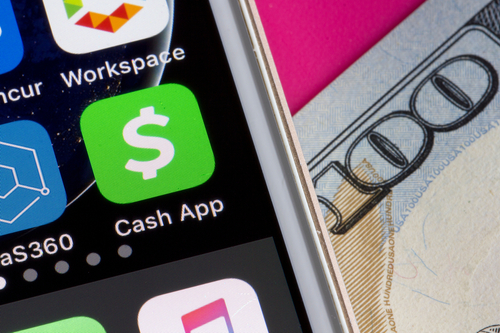The Consumer Financial Protection Bureau (CFPB) published an analysis last week on the safety of storing funds on digital payment apps.

The analysis revealed that funds stored on these apps, such as PayPal, Venmo, and Cash App, may not be safe in the event of financial distress, since the funds may not be held in accounts with federal deposit insurance coverage.
“Popular digital payment apps are increasingly used as substitutes for a traditional bank or credit union account but lack the same protections to ensure that funds are safe,” CFPB Director Rohit Chopra said. “As tech companies expand into banking and payments, the CFPB is sharpening its focus on those that sidestep the safeguards that local banks and credit unions have long adhered to.”
The nonbank payment apps allow people to pay retailers and others, while also giving users the option to store funds. They are increasingly popular as more than three quarters of adults in the United States have used them. Further, approximately 85 percent of consumers aged 18 to 29 have used such a service. Transaction volume across all service providers in 2022 was estimated at approximately $893 billion. That is projected to reach approximately $1.6 trillion by 2027.
However, unlike traditional bank and credit union accounts which have deposit insurance, funds stored in these nonbank payment companies may not be protected. The importance of insured deposits became clear after three banks — Silicon Valley Bank, Signature Bank, and First Republic Bank – failed in recent months due to a run on deposits. But insured deposits were guaranteed, even when the banks went under. The CFPB analysis said similar protection would not be guaranteed to customers that store money on nonbank payment apps.
In addition to the analysis, the CFPB also issued a consumer advisory for customers holding funds in these apps and how they can make sure their funds remain safe. However, until payment apps are designed to automatically sweep balances into a user’s insured account, the CFPB said that consumers may need to move their balances stored in payment apps.